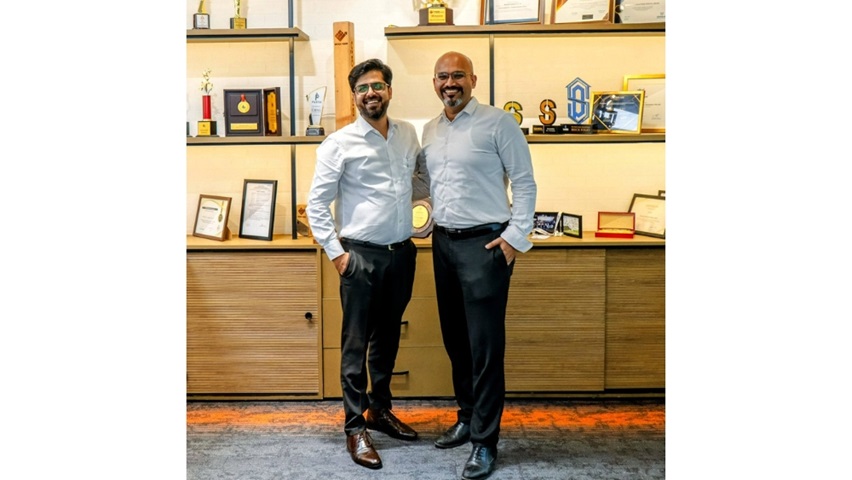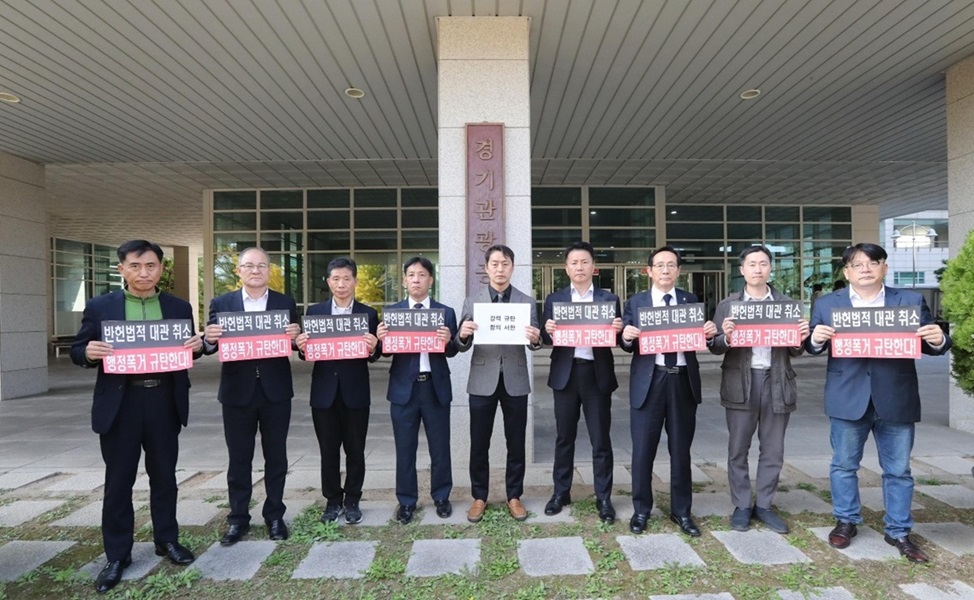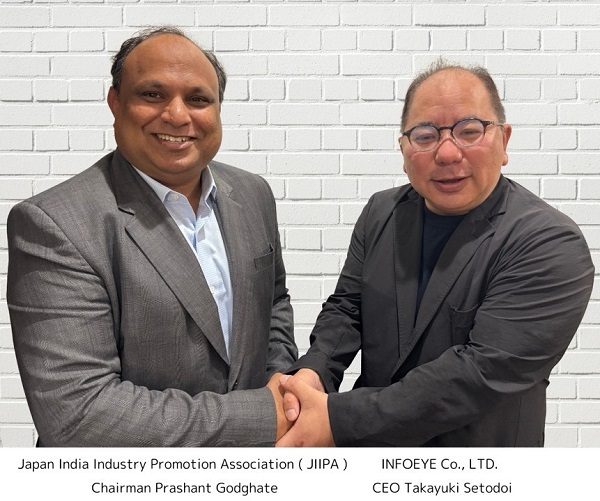Shiv Sena’s Anti-Bihari Rhetoric Has an Underlying Irony That Traces its Origin to Bal Thackeray’s Father
- December 24, 2021
Editor’s Note: The book titled The Cousins Thackeray: Uddhav, Raj and the Shadow of their Senas written by Dhaval Kulkarni trace the political journies of Shiv Sena president Uddhav Thackeray and Maharashtra Navnirman Sena (MNS) chief Raj Thackeray. It investigates into identity politics and the social, cultural and economic matrix that catalysed the formation of the Shiv Sena and the MNS from it. Above all, it is a look at what makes the Thackeray cousins so integral to the politics of India, Maharashtra and Mumbai. The book also trails through the life of ‘Prabodhankar’ Keshav Sitaram Thackeray, the man who is the original patriarch of the Thackeray family.
The excerpts below are taken from the first chapter of the book titled, The History of the Thackeray Family and ‘Prabodhankar’ Thackeray.
The modest Kadam Mansion at 77-A, Ranade Road, Dadar West, Mumbai, has been demolished and a new structure takes shape at the site—an inevitable result of the old making way for the new. But the political legacy that was born in this building, located in a by-lane off the historic Shivaji Park precincts, continues to endure.
It was here that ‘Prabodhankar’ Keshav Sitaram Thackeray resided with his large brood, including his sons Bal and Shrikant. It was in this ground-floor flat that the Shiv Sena was born in 1966.
Prabodhankar’s contribution to Maharashtra’s social reform and anti-caste movements remains seminal. Born on 17 September 1885 at Panvel in Kulaba (today’s Raigad district) near Mumbai, Prabodhankar launched the weekly Prabodhan (Enlightenment) in 1921. Though it ran for just five years, ‘Prabodhankar’ was permanently prefixed to his name.
In his autobiography, Majhi Jeevangatha (The Story of My Life), the Thackeray patriarch notes that his family, which belonged to the Chandraseniya Kayastha Prabhu (CKP) caste, originally hailed from Pali village in the small principality of Bhor. The state was ruled by the Pantsachiv dynasty. He recounts that the Thackeray family’s ancestors added ‘Dhodapkar’ to their surname as one of them was the killedar (chief) of the Dhodap Fort near Nashik, but this was dropped by Prabodhankar’s father.
Shaped like a lingam, the fort was ceded to the Marathas by the Nizam of Hyderabad in 1752 by the ‘Treaty of Bhalki’. After the British besieged the fort, perhaps in the later period of the Peshwa rule, this Thackeray family ancestor fought bravely despite running out of provisions and was ultimately killed.
Castes and their varying fortunes
Though Prabodhankar was a leading light of the Bramhanetar (nonBrahmin) movement, which sought to counter the overarching influence of Brahmins in Maharashtra, his autobiography notes a family fable. When Dhodap Fort was about to fall, his ancestor was saved by a Brahmin who mysteriously appeared before him, lauded his bravery and teleported him to his village at Pali!
To commemorate this incident, the Thackeray family worshipped two silver images—one of a warrior, another of a Brahmin. After his brothers insisted on dividing the family property at Pali, Prabodhankar’s great-grandfather Krishnaji Madhav ‘Appasaheb’ relinquished his claim over it and left for Thane where he worked as a lawyer, making his reputation as an upright, helpful man.
His son, Ramchandra aka Bhikoba Dhodapkar, a devotee of the Goddess, found employment in the courts and was transferred to the small causes court at Panvel where he lived until his death. His wife (Prabodhankar’s grandmother) Sitabai, called ‘Bay’, worked as a pro bono midwife who did not discriminate on the basis of caste and religion in the line of duty. Bay was a woman ahead of her time and was disgusted by the practice of untouchability.
‘. . . our Thackeray family was very poor. In three to four generations preceding me, there was no information of anyone owning even an inch of property. However, we had a hutment-like dwelling in Panvel village, where I was born,’ says Prabodhankar, while describing himself as a self-made man. The year 1818 saw the fall of the Chitpavan Brahmin Peshwas, whose twilight years were marked by moral turpitude and caste-based excesses. The Peshwa reign was supplanted by the East India Company (1818) and later the British Crown (1858), and Brahmins eased themselves into the new order by virtue of their access to education and centres of power.
The CKPs are a small but literate and influential caste, with a high occupational status that equals the Brahmins. Ironically, while his son Bal Thackeray and grandsons Uddhav and Raj were to take a political position against north Indians, Prabodhankar traced the roots of CKPs to Bihar.
In his book, Gramnyancha Sadyanta Itihas Arthat Nokarshahiche Banda (A History of Village Disputes or Rebellion of the Bureaucracy), Prabodhankar writes that Mahapadma Nanda (third to fourth century bc), the ruler of Magadha in present-day Bihar, and first king of the Nanda Empire, was a greedy monarch who squeezed his subjects for money. This led to many CKP families migrating elsewhere, where they earned their living as warriors and scribes.
In the seventeenth century, some of Chhatrapati Shivaji’s bravest warriors were CKPs. Among them were his general, Netaji Palkar, called Pratishivaji (another Shivaji) due to his valour, Baji Prabhu and Murar Baji Deshpande. CKPs also served as ministers, scribes and diplomats in the Maratha court.
The war of succession between Shivaji Maharaj’s daughter-inlaw, Tarabai (wife of his younger son Rajaram), and his grandson, Shahu I (son of elder son Sambhaji), in early eighteenth century saw the emergence of a new power centre—Balaji Vishwanath Bhat from Srivardhan in the Konkan region who became Shahu’s peshwa (prime minister). The reign of the peshwas saw the rise of the Chitpavan Brahmins and a corresponding decline of other castes like Deshastha Brahmins, Saraswat Brahmins and CKPs in the Maratha court.
During Keshav’s formative years in Panvel, the grip of Brahminism on society was gradually weakened by a fledgling social reform movement. In 1848, a young man from the ‘mali’ (gardener) caste in Pune, who was influenced by Thomas Paine’s Rights of Man, and realized the demeaning brutality of the caste system after being insulted at a Brahmin friend’s marriage ceremony, opened up education for the masses. Inspired by a school for girls launched by Christian missionaries, ‘Mahatma’ Jyotiba Govindrao Phule embarked on his life’s mission for the emancipation of Bahujans (non-Brahmins) and women by becoming the first Indian to start a school for girls in Pune along with his wife, Savitribai.
Much before the Italian Marxist Antonio Gramsci and his theory of cultural hegemony, Mahatma Phule tried to break
the culture and iconography of the upper castes and create and articulate an alternative value system for Bahujans through his Satyashodhak Samaj. He adopted the son of a Brahmin widow, born out of wedlock, and named him his heir. Phule launched the ‘Satyashodhak Samaj’ to champion the cause of the weaker sections and dismantle the caste system.
Like stalwarts of the Bramhanetar movement—Dr Babasaheb Ambedkar, Chhatrapati Shahu of Kolhapur, Dinkarrao Jawalkar, Keshavrao Jedhe and latter-day Muslim reformer Hamid Dalwai—Phule would motivate the young Keshav. Prabodhankar and his family may have been far ahead of their times, when the mental construct of caste held sway in its most brutal, dehumanizing form.
Non-Brahmin movement
In 1925, the Rashtriya Swayamsevak Sangh (RSS) was formed at Nagpur by Dr Keshav Baliram Hedgewar, a Telugu Brahmin. Inspired by V.D. Savarkar and Dr B.S. Moonje, a Hindu Mahasabha leader, Hedgewar ‘believed that the deep social divisions among the Hindus of India were responsible for . . . a thousand years of foreign domination on the subcontinent’.
While the organization is often accused of presenting a ‘Brahmanical model of Hindu fundamentalism’, the Shiv Sena
is seen as having a base among various castes in Maharashtra and the model is ‘one of broad-basing the caste system but with an emphasis on Hindu, Sanskritic and regional ideals’. Those who have studied Prabodhankar’s life attribute this to his ‘Bahujanized’ view of Hindutva.
In private conversations, BJP and RSS veterans grudgingly admit that the Shiv Sena, which is a parallel force competing for the same ideological target group in Maharashtra, is a natural hindrance to their expansion in the state due to its wider social base.
Few Maharashtrians who worship the Goddess during Navratri may be aware of Prabodhankar’s role in launching
the public celebration of the festival as a rebellion against the ‘Brahmin-dominated’ Ganesh Utsav that precedes it. The Ganesh festival was celebrated at Dadar through donations collected from people of all castes, though the festivities and organizing committee were dominated by Brahmins.
In 1926, Prabodhankar and social reformers Rao Bahadur Sitaram Keshav Bole and Dr Babasaheb Ambedkar opposed the
monopoly of the Brahmins and demanded that non-Brahmins and erstwhile untouchables be involved in the festival. A group of around 600 people, including Bole and Prabodhankar barged, into the pandal (tent) pitched at the foot of Tilak Bridge in Dadar before the idol was consecrated. Prabodhankar threatened that if the erstwhile untouchable Hindus were not allowed to worship the idol by 3 p.m., he would destroy it.
Finally, a compromise was reached. Dalit activist Ganpat Mahadeo Jadhav aka Madkebua, Ambedkar’s close associate, was allowed to give flowers to the Brahmin priest as offerings to the idol. However, obscurantist caste Hindus were rattled by this revolt and announced the festival would not be celebrated again. This led to allegations that Prabodhankar was responsible for the celebrations being stopped.
Prabodhankar, Bole and their associates then started celebrating Navratri as a festival of the masses with Prabodhankar holding up Goddess Bhawani of Tuljapur, worshipped by Shivaji Maharaj, as Maharashtra’s presiding deity. Though Navratri was celebrated during Shivaji Maharaj’s times, Ganesh worship took precedence during the reign of the Brahmin peshwas. Lokmanya Bal Gangadhar Tilak had later revived the Ganesh worship tradition through public celebrations.
In 1926, this non-Brahmin group started the ‘Lokhitawadi Sangh’ which launched the ‘Shiv Bhawani Navratri Mahotsav’ at Dadar to revive the tradition and unify the Bahujan Samaj, and the festivities spread across Maharashtra. It is said that the figure of the goddess was drawn by Prabodhankar and the snarling tiger, which was to become an integral part of the Shiv Sena’s imagery later, was also sketched by him.
The following excerpts from the book The Cousins Thackeray: Uddhav, Raj and the Shadow of their Senas written by Dhaval Kulkarni has been published with permission from Penguin Publishers. The paperback of the book costs Rs 399.







